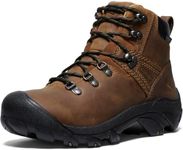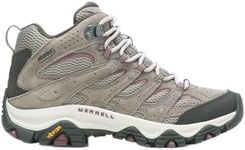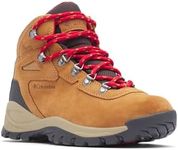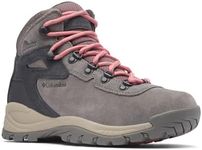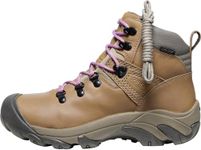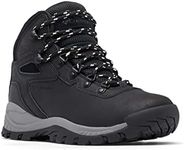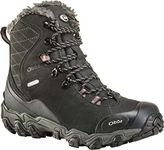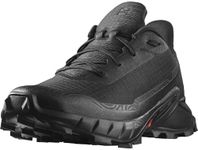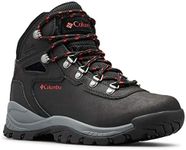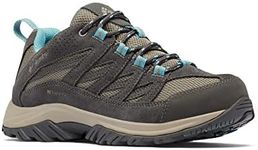Buying Guide for the Best Womens Hiking Boots
Choosing the right women's hiking boots is essential for comfort, safety, and enjoyment on the trail. The best boots for you will depend on the type of hiking you plan to do, the terrain you'll encounter, and your personal preferences for fit and support. It's important to consider how the boots feel on your feet, as well as how they perform in different weather and trail conditions. Trying on boots with the socks you plan to wear and walking around in them before making a decision can help ensure a good fit.Fit and SizingFit and sizing refer to how well the boots conform to your feet. This is crucial because a poor fit can lead to blisters, discomfort, or even injury. Hiking boots come in various widths and shapes, so it's important to try them on and make sure there's enough room in the toe box, a snug fit around the heel, and no pinching or pressure points. If you have wide or narrow feet, look for brands that offer multiple width options. Always try boots on with the socks you intend to hike in, and consider that your feet may swell during long hikes.
Support and StabilitySupport and stability are about how well the boots protect your ankles and keep your feet steady on uneven ground. Boots with higher ankle collars offer more support, which is helpful for rough terrain or if you carry a heavy backpack. Lower-cut boots are lighter and more flexible, suitable for well-maintained trails and lighter loads. Think about the type of hiking you do most often: if you hike on rocky or uneven trails, more support is better; for easy, flat trails, you might prefer lighter, less restrictive boots.
Waterproofing and BreathabilityWaterproofing keeps your feet dry in wet conditions, while breathability allows sweat and moisture to escape, keeping your feet comfortable. Boots with waterproof membranes are great for rainy weather, muddy trails, or stream crossings, but they can be less breathable and may feel warmer in hot weather. Non-waterproof boots are usually more breathable and lighter, making them a good choice for dry climates or summer hiking. Consider the typical weather and trail conditions you expect to encounter when deciding how much waterproofing you need.
Traction and OutsoleTraction refers to how well the boots grip the ground, which is determined by the design and material of the outsole. Deep, aggressive lugs provide better grip on muddy or loose terrain, while shallower patterns are suitable for well-groomed trails. If you often hike on slippery, rocky, or steep surfaces, look for boots with a sturdy, grippy outsole. For mostly flat, dry trails, less aggressive soles may be more comfortable and lighter.
WeightThe weight of hiking boots affects how easy they are to wear over long distances. Heavier boots usually offer more support and protection, which is useful for challenging hikes or carrying heavy loads. Lighter boots are less tiring to wear and are ideal for day hikes or fast-paced walking. Think about your typical hikes: if you value speed and comfort, go for lighter boots; if you need durability and support, a heavier boot may be better.
MaterialThe material of the boots affects durability, weight, breathability, and water resistance. Leather boots are durable and supportive but can be heavier and require more break-in time. Synthetic materials are lighter, often more breathable, and dry faster, but may not last as long. Consider how often you hike, the conditions you face, and how much maintenance you're willing to do when choosing the material.

